Sage Method Fly Rod Review
About My Review
I picked up one of these rods a short time ago. My flavor is a 6wt and 9’ rod. I was hearing great things from online sources and from friends. I even got to use a friends for a short trip before purchasing. Now that I have had it a few months, and taken it on multiple types of trips I have decided to write a short review of the rod.
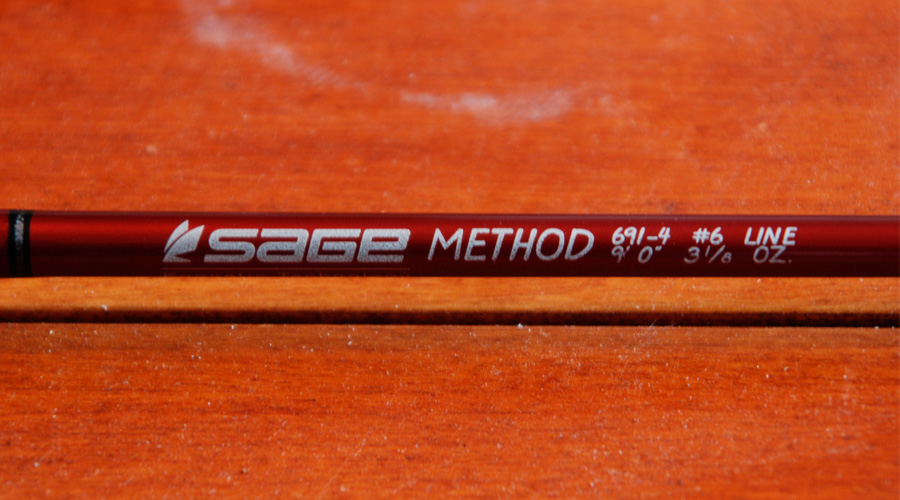
There are hundreds of reviews online for this rod. I mean why wouldn’t there be for the stiffest fly rod ever built? Sage is a well known and established company that makes quality products. There has never been a rod they made that I couldn’t find a good use for. So many of their products become guide favorites and therefor there are a plethora of reviews on line. However, most of these reviews come from very experienced and generally professional fisherman. They have their skills so honed and their timing down perfect that they can cast almost any rod perfectly. Some of them also are sponsored or even sell Sage rods, so their reviews tend to be bias. But what about the rest of us?
I am no professional, and am no way associated with Sage at the time of writing this article. I say this because if by some miracle, Sage see’s my humble little blog here, and decides to send me a bunch of their product to write reviews, im not going to turn down thousands of dollars of great equipment, HAHA!!! But I highly doubt that considering I wont be writing a top notch review on their product and telling you all you just “HAVE” to buy this. Instead I am going to be fully honest about my ideas and thoughts about the rod.
Again I am no professional, so my opinion is not based on a higher experience than the average fisherman. I just love to fish, and love having the best of the best product. I have put my time in honing my casting, but generally to the same degree as most weekend fly fisherman. Like many of you, I have a job that sucks up much of my fishing time, and therefor I cannot fish every day. Because of that, my cast is mediocre at best. And I think possibly this review could be more beneficial to the average fisherman than say a review from a professional fishing guide that casts every day. So I will just discuss my experiences with the rod, and hopefully all of you can benefit from my experience and decide for yourself if the rod is right for you.
Fit and Finish
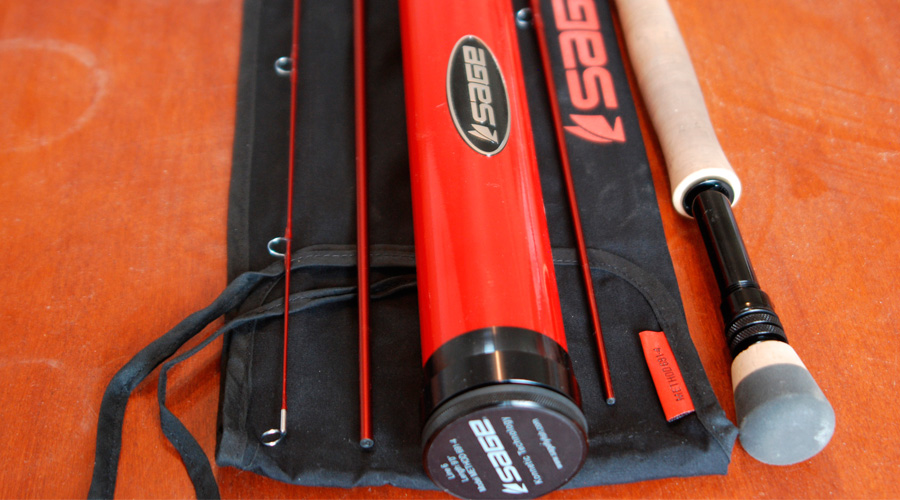
First lets talk about fit and finish. This is a Sage, so obviously its crafted with excellence. They always put that extra effort in wrapping and finishing their rods that give them such a high quality look and feel. The components are also top notch and they use only high quality materials. The cork is very nice, and doesn’t seem to pit easily. Also, this rod comes with both a multi compartment rod sock and a rod tube. The rod sock is one of the highest quality socks I’ve ever seen for a rod. Of course this is pretty common for most Sage rods to come with this high quality sock. But its made out of a very thick and durable cloth, almost like canvas (in fact it might be canvas). Its pretty also, being all black, with red lettering saying Sage in the top corner. The tube is also very high quality and very beautiful. The all red tube is solid metal, and has a beautiful shiny red paint job that reminds me of some Ferrari's I’ve seen driving down the road. The cap is all black, with the rods information written on it. It screws in nicely to the tube, and is probably my favorite rod tube I own.
Casting Ability
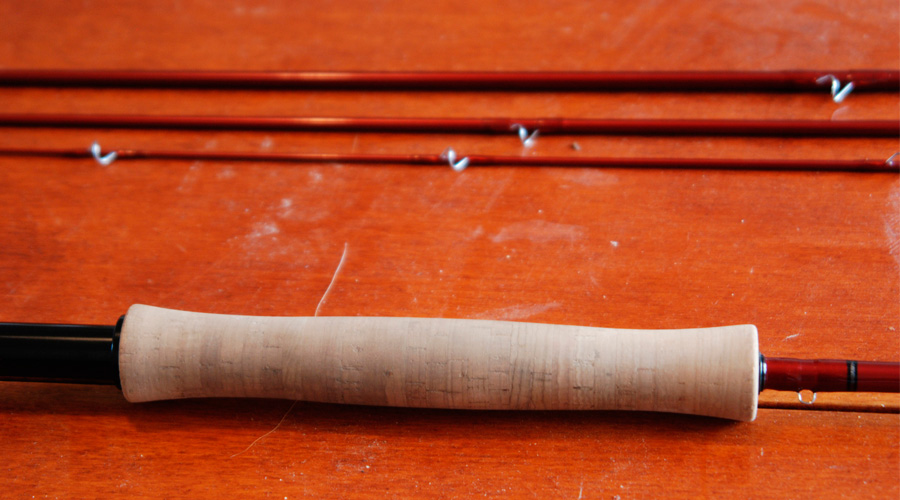
Because this rod is so stiff, it can cast large flies very well. It also casts very far when you get the timing down correct. That is the upside. However, the stiffness can actually hinder your casting especially if you don’t have a lot of experience. I find that the line you choose will greatly effect your casting ability for this rod.
I took this rod out Corpus Christi, TX to fish redfish and speckled sea-trout a few months ago. The weight-heavy forward redfish line I used (Rio XS WF6F Redfish line) really did very well with this rod. While it was a 6wt, I believe this line has a heavier grain than most trout lines. The extra weight really helped me feel my back cast, and it also helped cut through the wind. Thats another thing about these stiff rods, they do great in the wind. When fishing in the gulf, the wind can be a real issue, and this rod helped me cast into the wind just fine. While a 6wt is generally light for red-fishing due to needing larger flies and heavier lines for the wind. I brought an 8wt with me as well just incase I needed the extra oomph, however I don’t think I ever needed to switch to it. I was able to get my larger mullet streamers out 60+ feet with no problem, and I was casting my smaller shrimp type flies 80+ feet with ease, even in the wind. I felt like I could be one of those professionals that get down to the backing with just 2 pre-casts. It was probably the best rod I had ever used for this type of fishing, and the 6wt held its own very well.
After my Gulf trip, I came back to my home base and decided to take the rod out for trout, casting a few streamers, and some nymphing at the San Juan River in northern New Mexico. I ended up stringing this up with some Rio Grand freshwater “trout series” WF6F line. The box said it it was designed for “fast action” fly rods. However when I got this rod out on the water, my experience was completely different than my gulf trip. I could not feel my back cast whatsoever, and was having difficulty getting distance on my cast. In fact, my super noodle, 4wt fiber glass rod seemed to cast these small trout streamers better. I was confused. How could this rod be so great for fishing redfish, in the wind, with giant streamers. Yet when I get on a tree lined and wind protected river, throwing small streamers with a weight forward line I could not seem to cast farther than 40 feet. The one thing it did seem to do well was roll casting. I didn’t need to feel my back cast, and I could roll cast even a cumbersome indicator nymph rig very well.
My thoughts on this is that the Rio Grand line must be less grain than the redfish line and therefor makes it difficult to feel the back cast on such a stiff rod. I haven’t had a chance to pick up some other freshwater trout line to test it out, but I feel like this might be too stiff of a rod for trout fishing anyway (for more reasons than just casting). Possibly great for salmon fishing, or even pike/bass fishing in lakes. But I know for a fact this is a great inshore saltwater rod that I think could be perfect for bonefish, redfish and seatrout.
Fish Fighting Ability
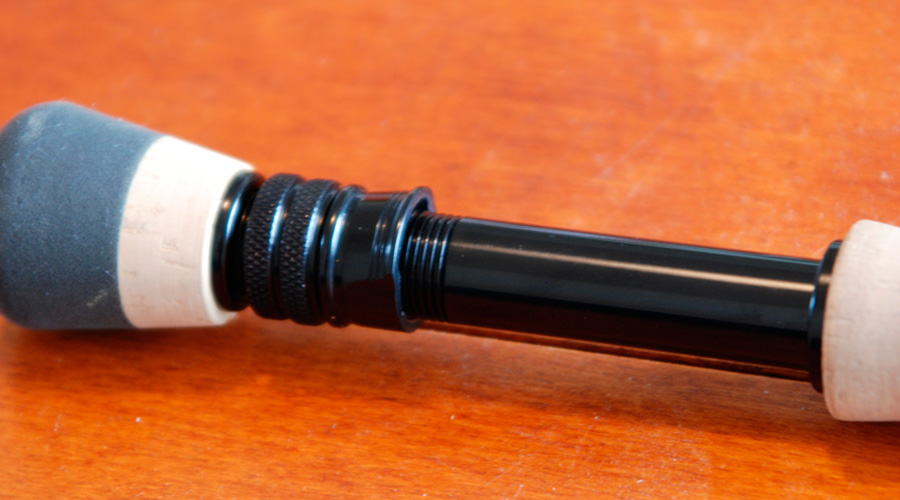
When I was out fishing the gulf, I was able to hook into a 24” redfish. While this is not a monster, it would be very difficult to bring in on most 6wt fly rods. Redfish are known for their power, and even a 24” redfish can be like hooking onto a freight train. I was using 12lb fluorocarbon, so I could put some stop on the fish while it ran. One of the runs, the fish went towards a dock and I was afraid it would get wrapped up. I palmed the reel to stop it, and the rod practically bent in half. I was so afraid of the rod breaking but it didn’t! I was very surprised because I have broken a rod or two like that before. This rod didnt break though, even with that kind of abuse! It seemed like I could catch any sized fish with no trouble. On that trip I also caught a dozen or so 17-21” sea trout, and countless small rat reds. This rod did great for all those fish. In fact, some of the smaller trout barely even put up a fight and took seconds to bring in.
However the story was different when I went nymphing for rainbows and browns in my local river. Here on the San Juan, we use very small midges. A size 22 midge would be too large, and even a size 24 is pushing it. I generally nymph with 26 or 28 size midges on this river and most of the trout are in the 17-22” range. While they don't pull as hard as a redfish or sea trout in the gulf, they can be difficult to bring in due to needing 5x or even 6x tippet, and the tiny flies. I lost many of the fish with this stiff rod. Many snapped the line, and the rest had the hook pulled right out of their mouth. I was using a large arbor Sage 2250 reel which is known for a decent drag. Sure its not the best, but I never have trouble with snapping line on my other rods. The stiffness of this rod was just not forgivable for such small flies and thin tippet. I do not recommend fishing with anything less than 3x tippet for this rod. Again, this is a powerful rod, built for large powerful fish and casting large streamers. Just not the best stream rod.
Versatility
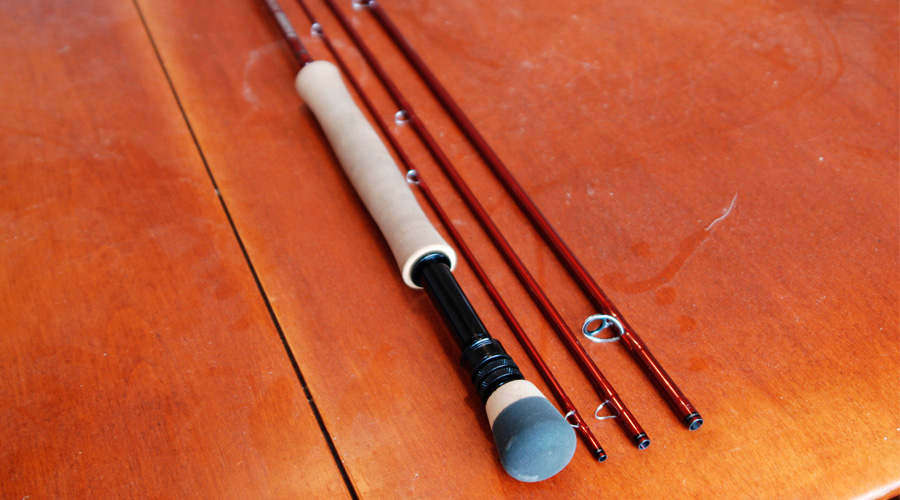
Us weekend fisherman don’t always have the money to buy an arsenal of fly rods for every type of fishing technique. Sure, we want high quality rods and dont mind dropping $850 on a rod like this Sage Method, but we want it to be able to do multiple things. Versatility is important, and can be a deal breaker. I would say this rod is not very versatile depending on the type of fishing you do. As discussed above, its really not a trout rod. Its too stiff to cast low grain line and keep fish pinned on light tippet. You cannot really make finesse casts very well. This is strictly a power rod. As stated above, its great for inshore saltwater fishing. If thats all you do, then this could be the perfect rod for you. However if you are like me, and like to saltwater fish, lake fish, and stream/river fish, this is not a very versatile rod for all three situations in my opinion, like many of my other 6wt rods are. You really will not want to throw dry flies with this rod at all as you will have trouble with soft presentations. Even streamer fishing in lakes for bass, a soft presentation can be important, and I just don’t see this rod doing that very easily. Even fishing the flats in saltwater you need a softer presentation occasionally and well, I don’t recommend this rod for that. They do sell this rod in many other fly weights though so maybe one of the other rod weights and lengths might suit trout fishing better. They sell this from a 4wt-11wt so there is a method available for everything I guess. But are they versatile? Probably not much more than the 6wt version as it seems like a very technique specific rod.
Conclusion
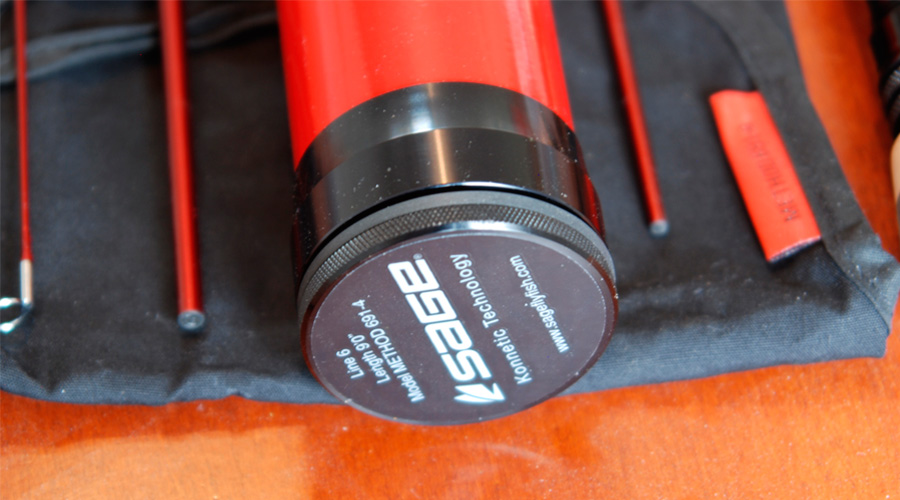
This rod is a very powerful rod. It worked wonders while casting large streamers for inshore species like redfish, and held its own holding fish tight where most 6wt’s would have some trouble. But when fishing lighter tippet and lower grain fly line it had trouble with casting and keeping fish pinned without breaking them off. The rod is also too heavy to effectively cast a soft presentation. It is not very versatile and really only good for large streamer fishing with powerful fish and heavier tippets. If you do buy this, make sure you get a higher grain fly line, and this could be one of those rods that could benefit from upping the line weight as well. If you have trouble casting your 6wt lines, try throwing on a 7wt fly line and it will probably cast nicely. I would however recommend not getting this rod if you are rather new to fly fishing, or have not refined your cast. This rod is not for a beginner, and I know of many other rods available that will be better suited for the inexperienced to moderate caster. Many offerings by Sage are slightly less stiff, and not labeled “ultra-fast action”. The Sage One is a great rod, and I find a little more versatile. Its still fast action, but not so fast that you cannot feel your back cast. For a less expensive option, the Sage Approach is a moderate-fast action rod that is more reasonably priced, and reasonably “stiff” for the beginner.
I am not a professional, and don’t know everything about fishing. Please do not take my opinion expressed above any more than just my opinion. These are not hard facts about the rod, or the maker. And they are not hard facts on how to fish the rod. I am simply giving a review, one that I feel is better suited for a beginner fisherman, than a seasoned and experienced fly guide. Take what I say with a grain of salt, and go test it out for yourself. Most local fly shops will allow you to “test” a rod out before you buy it. They will load it up with line, and let you cast the rod before purchase. Make sure you do that before dropping this kinda money on the rod, and before you take my opinion to heart. Give the rod a try, and see for yourself!
